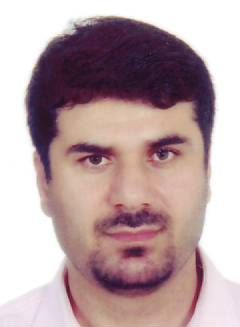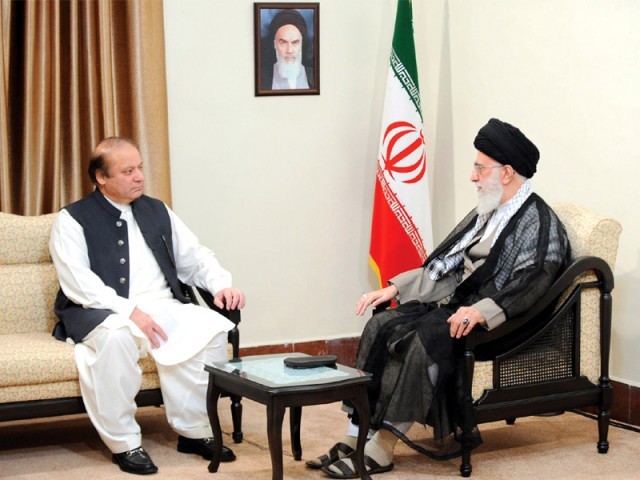May 16-2014

One of the men wanted in the massive $2.6 billion bank fraud exposed three years ago has been caught abroad and extradited to Iran for trial.
The police identified him only as H.S., but this likely corresponds to Hassan Soltani, whose name was frequently bandied about in the case, which involves dozens of persons accused of getting loans illegally from seven banks with which to buy companies being privatized by the Ahmadi-nejad Administration.
It has been described as the largest fraud in Iranian history.
Police Col. Masud Rezvani, the Iranian liaison with Interpol, told the state news agency, “H.S. was arrested by Interpol in one of the Gulf states and handed over to Iran May 7.”
Soltani, 45, was born in Babol. His published Interpol file shows he stands accused by Iran of bribery, fraud and illegal acquisition of property.
Four figures accused in the case have not yet been arrested and are assumed to have fled abroad. The most prominent of those is Mahmud-Reza Khavari, who holds dual Iranian and Canadian citizenship and who fled to Toronto, where he already owned a mansion, as soon as the fraud case broke open.
News reports last week said Khavari had left Canada and gone to the Caribbean, presumably to avoid extradition. But Rezvani told reporters Canada had assured Interpol he was still in Canada.
However, Canada has shown no interest at all in sending Khavari back to Iran. It has remained mum in the face of queries from the Canadian media and the Iranian-Canadian community about how Khavari ever qualified for Canadian citizenship in the first place.
Based on the charges displayed with the 45 Iranian nationals listed by Interpol as wanted, the other three fugitives being sought in the fraud case are believed to be Mehrgan Amir-Khosavi, 50, Mohsen Salavand, 32, an Zahra Heydari-Morchehkhorti, 37.
Four of the men tried and convicted in the case have been sentenced to death. There has been no word of the sentences being carried out yet.
The prospect of execution for fraud is one likely reason that Canada would rebuff extradition requests. The generally accepted international standard is that the death penalty not be applied except in cases of murder.
Thirty-nine people have so far been tried for their involvement in the fraud.
In addition to the four condemned to death, two others were sentenced to life imprisonment while others received sentences ranging from 25 years on down.
The man described by Iranian media as the mastermind of the scheme is businessman Amir-Mansur Khosrovi. Presumably, he is one of those condemned to die.
The huge case has been politically awkward for Iran’s leadership as it aims to show it is tough on corruption. The case raised questions about whether the government’s privatization drive has mainly benefited friends of the political elite.
Acknowledging the political damage, Supreme Leader Ali Khamenehi criticized financial corruption in comments after the giant fraud emerged in September 2011, but said the media should not “drag out the issue.”
“Some want to use this event to score points against the country’s officials,” Khamenehi said. “The people should know the issue will be followed up on.”
Judiciary spokesman Gholam-Hossain Mohseni-Ejai has held up the case as proof the Islamic Republic can deal appropriately with high-level fraud. “The government, Majlis and all available avenues were used to pursue the issue so that corruption can be fought in an open manner,” he said.
But one of the defendants complained that the Judiciary was pursuing players in the fraud who weren’t part of the political establishment while senior officials involved in the scandal had not been touched.
“Many guilty bank officials are outside jail right now. Why are you able to put us on trial and have done nothing with them?” the unnamed steel company official said, according to the Fars news agency.























